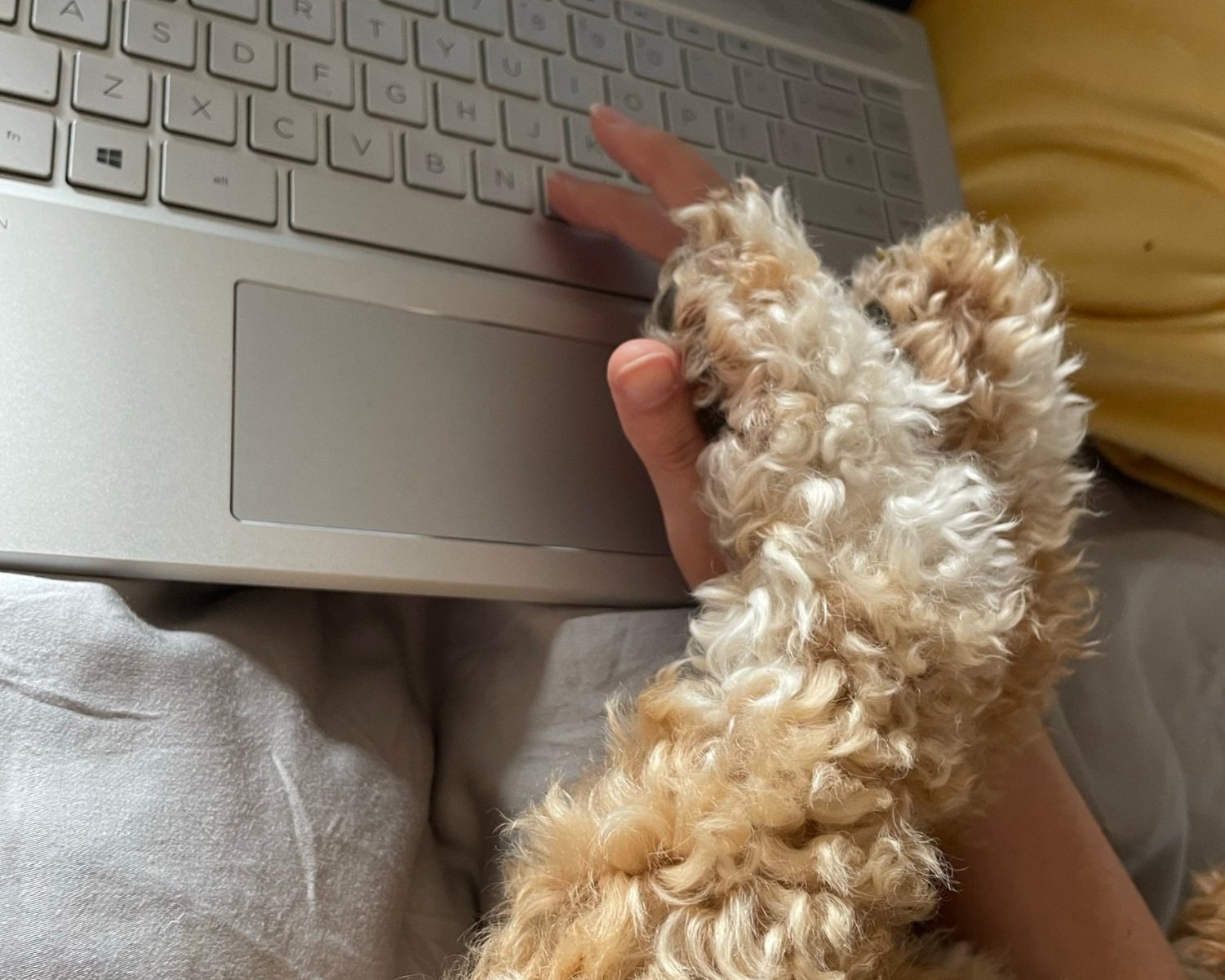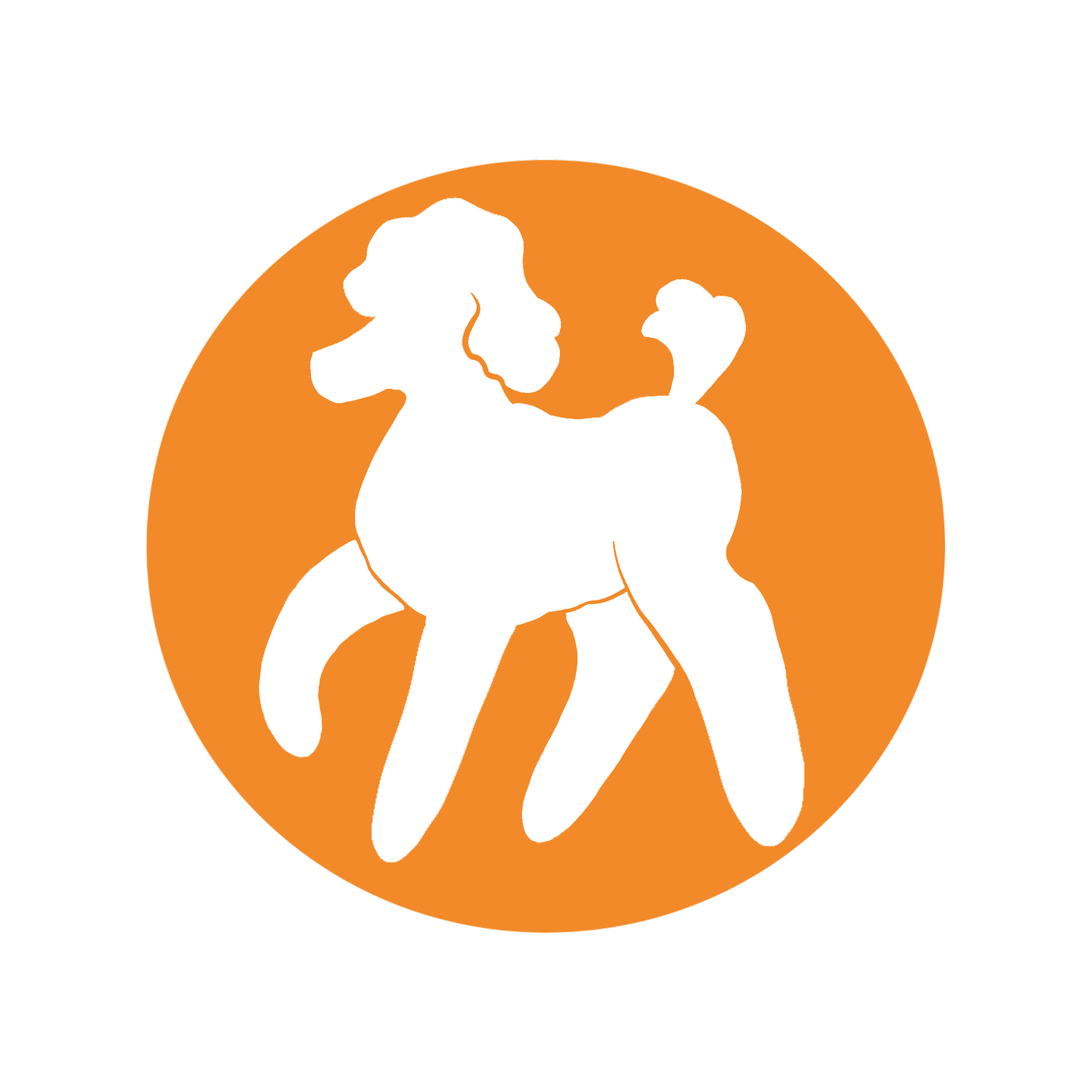
Definitions
This section sets out terms we’ll use at TTB, so you’re clear what we mean when we use words you might not be familiar with, or that have slightly different meanings/names across groups of button teachers.
We hope our meanings are simple and clear to everyone, including visitors who are younger or don’t have English as a first language. We’ve also covered the basics for anyone completely new to the idea of teaching an animal to talk. If there’s a term we use that you don’t understand or if one of our definitions isn’t clear, please let us know so we can add it to the list.
-
When we talk about the words on buttons, we start that word with a capital letter - Play, Toy, Treat, Food, Catnip, Hay, Stranger, Happy
When we describe a button press by a human or animal, we use quotation marks - “Fred Happy Food”, “Ginger Play Toy”
If you see a phrase in quotes but not all the words are capitalized - “Ginger Play later” the lowercase word is one that a teacher is modeling verbally but that they do not have a button for.
Let’s start with us:
-
That’s Talking Talking Buttons, the platform the two founders, Anna and Lizzy, use to share their experience and opinions on how to successfully train the animals in your care to use communication buttons.
Broad Teaching Concepts:
-
The goal of teaching animals to use buttons is so they can use them when they want, and only when they want, to say whatever they want to say. This is a core concept behind everything we do here at TTB.
-
Any human who is showing the animals in their care how buttons work or responding to the animal when it presses buttons.
-
Any animal who is being taught to use buttons. We use this word because dogs tend to be the assumed default user of the buttons but there are tons of cats, rodents, birds and assorted farm animals learning the buttons as well. This isn’t only for dogs.
-
The circumstances around the use of a word that clarifies its meaning. You saying a word, “Play” for example, is given context because you pair it with actual play. If you said the word Play and then didn’t play, or instead gave your learner a treat, you would be using that word in the wrong context. If your learner presses “Water” and then goes to their empty water bowl, that’s a different context than if they press “Water” after coming in out of the rain, but both are correct uses of the word in their context.
-
Using a word when carrying out the related activity, or interacting with that object/person. When you model, you apply words you’re teaching in their correct context. You can do this by pressing the buttons or through your everyday language.
-
Using the words we’ve chosen to communicate with our learners when we talk to them (rather than pressing buttons). We often suggest you model a word verbally for a time before you add a button for it.
-
The actual word you record on your button, and say to your learner whenever you’re talking about a concept.
-
The meaning behind the word. Food/Kibble/Dinner/NomNoms could all be the word you choose to talk about food or mealtimes, and the concept behind the word is “food I give my learner which they don’t have to work for”.
-
The idea that the teacher and learners build their list of words and meanings together. The teacher begins by defining the concept behind each word, but learners often generalise or expand meanings, or even give a word a second meaning.
Button Jargon:
-
Your collection of communication buttons is collectively called a soundboard, or board for short.
-
FluentPet’s 6-sided foam pieces that buttons can be placed into.
-
The arrangement of the buttons on your soundboard, or the layout of buttons across a single tile.
-
The actual button. In the talking animal community we often use “word” and “button” interchangeably.
-
Activating the button so it plays the recorded word.
-
When an animal presses a button deliberately and entirely on their own, ie: without cueing or prompting, but also not a total accident (ie: they didn’t just trip over it).
-
When the animal we’re trying to teach gets involved with their soundboard or buttons, maybe looking at or touching a button, or walking across or pawing their soundboard tiles.
-
Activities to help an animal better press a button accurately when they want to.
-
Asking a learner to use their buttons in a general way. Example: “Can you tell me with the buttons?” or “Use your words.”
-
This is a situation where a learner is waiting for a signal or cue to interact with the buttons. Learners with prompt dependency think of the buttons like any other cued behavior they’ve learned, like Sit or Stay. This is often caused by teachers trying to use traditional training techniques with the buttons.
-
Asking or telling a learner to use specific buttons in a specific way. Example: “Press Outside!” At its most extreme, directing is withholding an activity or basic need unless the learner presses a specific button. It will cause setbacks, can damage your relationship with your learner, and also stifle their creative use of the buttons.
-
Recording and tracking every button press a teacher or learner makes. Logging began as something participants in the research project did to keep track of their learner’s use, but some people like to log as a useful way to track patterns of use. Most teachers use the FluentPet app, but you can also make your own spreadsheet or use pencil and paper. Logging is very laborious and you should not feel pressured to do it all the time or at all, and definitely don’t log at the expense of actually interacting with your pet!
Types of Button Use:
-
People who track the presses their learner makes usually record why they think their learner used their buttons, which is called the use context.
-
Using buttons to talk about things that are observed or have happened.
-
Asking for something, or for something to happen.
-
Expanding the meaning of a word beyond the initial and primary meaning (for example, the word Water being used to mean water in a pool or a glass, not just an animal’s bowl).
-
Pressing one or several buttons lots of times in a way that seems deliberate.
-
Pressing lots of buttons in a short space of time in an experimental way. The learner seems to be trying out lots of words to see what happens or to hear the noises, often nonsensical.
-
Like Spamming but across all the buttons. The difference between a tantrum and babbling is that with a tantrum there’s an element of frustration.
Teaching and Training:
-
Something good or enjoyable happening as a result of an action. We often think of this as meaning a food treat, but when talking about button use, acknowledging the use is a reward in itself even if you say “No.” Think of the difference between asking someone if they want to get coffee and they reply “Not right now, thanks,” versus asking the same question and getting only stoney silence in reply.
-
Learning that happens when an animal is rewarded for behaviour you like, and to avoid negative outcomes (here at TTB we don’t believe in punishment based training). The animal will start to repeat behaviours it has been rewarded for and reduce behaviours that have results it doesn’t like. This is well established behavioral science.
-
Shaping behaviour to get a specific response, often on cue. Teaching the buttons is very different from training. This is why we use the terms Teacher and Learner. It’s important to understand that working with buttons has key differences from the kinds of training you may be more familiar with.
-
A way of teaching an animal a new behaviour or action without cueing, by breaking up an action into small parts and rewarding them as they do each step. You can teach them a complex or daunting behaviour by rewarding them as they progress, step-by-step, towards the full behaviour.
Names and Acronyms:
-
Christina Hunger MA, CCC-SLP is a speech language pathologist and was the first person we know of who successfully taught her dog to communicate using buttons. Her book How Stella Learned to Talk was the inspiration for a lot of button teachers.
-
Augmentative and Alternative Communication. The American Speech Language Hearing Association defines this as all of the ways that someone communicates besides talking. People of all ages can use AAC if they have trouble with speech or language skills. Augmentative means to add to someone’s speech. Alternative means to be used instead of speech. Some people use AAC throughout their life. Others may use AAC only for a short time, like when they have surgery and can’t talk. -This definition is taken directly from the American Speech Language Hearing Association.
-
Augmentative Interspecies Communication. The term we use for communication between humans and animals using buttons. This is the acronym the community came up with to separate what we’re doing with animals from the AAC that inspired it. It’s important that we don’t co-opt or crowd the space AAC users create with discussion about animal-specific topics.
-
A company which makes button systems designed for animals, and the one we recommend. You’ll often see this abbreviated as FP.
-
The other leading button maker, and the brand that Christina Hunger works alongside. These buttons are larger, designed primarily for use with children. Frequently abbreviated LR. Additionally most (though not all) off-brand buttons are the same size as the Learning Resource buttons so you may see them used as a size reference or called “the big buttons.”
-
HowTheyCanTalk.org, FluentPet’s homebase for research participants.
-
This refers to the ongoing research about button use by the Comparative Cognition Lab at UC San Diego. Many of the big button users on social media (including both Anna and Lizzy) are participants in this project.
